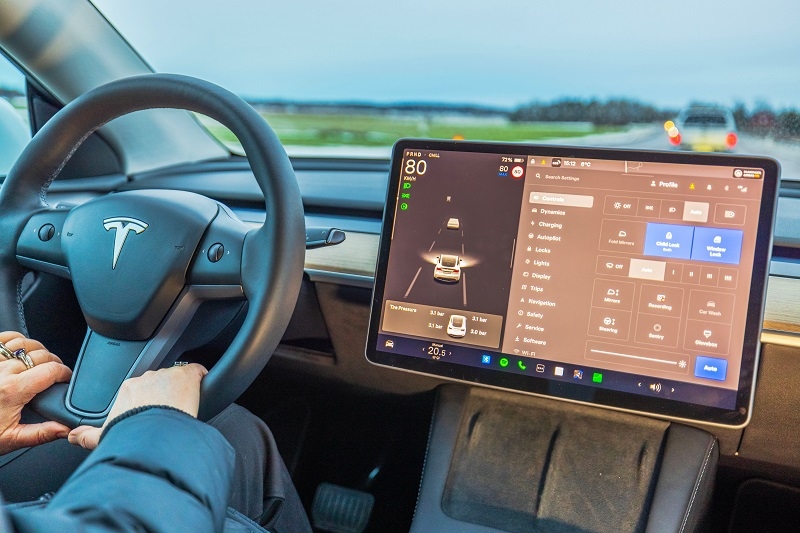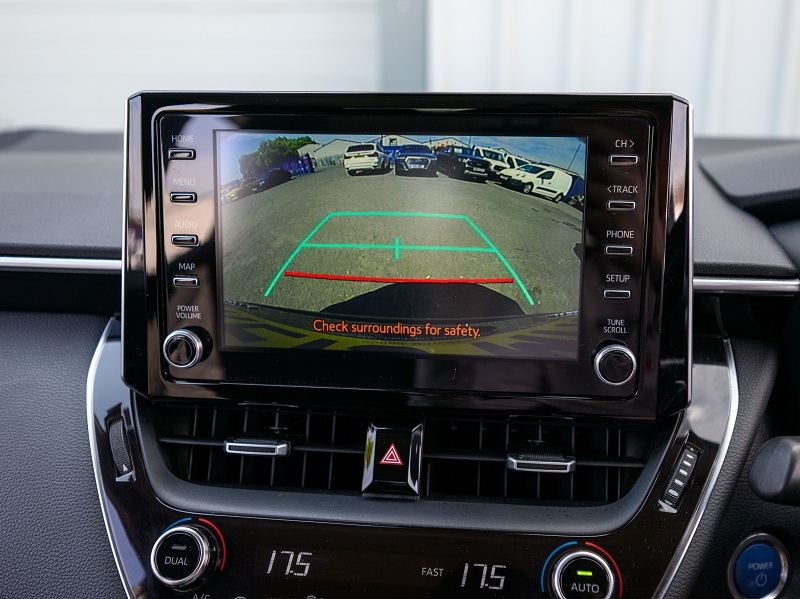
With the accelerated vehicle age approaching, understanding protection tech in vehicles 2025 is essential for drivers seeking to protect themselves and their passengers. Ultimately, using resources included in automobile publications 2025 can help drivers determine appropriate priorities to address, such as investing in modern-day driving force assist systems (ADAS), checking for crash test scores, and confirming vehicle characteristics, such as blind spot tracking, are in the next vehicle purchased.
Adapting to new protection features allows car buyers to be well-informed, leading to vehicles that involve new technology with interconnect reliability. Following advice from professionals provides auto drivers peace of mind and protection, whose safety technology in cars in 2025 complements a driver's safety on the road.
Today's Vehicles operate as more than simple mechanical transportation; they operate as intelligence systems intended to lessen injury / minimize harm. Safety tech in cars 2025 will address client priorities in:
By combining these principles, automobile drivers will benefit from a much safer, more thoughtful, and more pleasurable experience beyond traditional utilitarian seatbelt and airbag occupant restraints.
Also Read: How EV Component Placement Directly Impacts Passenger Safety
Advanced Driver Assistance Systems (ADAS) will be a vehicle safety technology in 2025. These systems enhance driver situational awareness and offer semi-automated interventions that help avoid crashes.
According to Vehicle Guides 2025, comprehensive suites of ADAS-equipped vehicles are consistently rated higher for safety, making them a top consideration for car shoppers who prioritize safety.
When we input Crash, we offer a wide range of rankings, crash scores, and rankings on normal vehicle protection and average performance. These rankings, made by businesses such as IIHS and NHTSA, serve as a proper orientation for drivers.
Car buyers can assess crash ratings and the ACG 2025 vehicle list to identify a vehicle that justifiably spreads the new technologies with the proven crash protection.
Blind spot monitoring may be critical to overall automotive safety performance in 2025. It enables drivers to be notified of cars or objects in their side lanes that may contribute to the chance of a crash.
Car courses for 2025 include descriptions of the vehicles with blind spot tracking and advise this as a new feature for all new cars.
A vehicle buying guide for 2025 will help you select a vehicle that has the best safety features.
Following guidance from vehicle guides, 2025 guarantees that safety tech in motors 2025 meets each technological requirement and private consolation preferences.

Modern vehicles come with emergency features that augment ADAS and blind spot systems.
These systems are becoming more common in vehicles with high crash test ratings and are being suggested for use in the Car Guide 2025 for advanced safety.
Families have specific safety priorities. When assessing vehicles, keep in mind the following:
Adding a family-oriented focus to additional safety features safeguards that safety technology improves passenger safety in your vehicle of 2025.
Technologies that are maintained function more effectively.
By following maintenance recommendations, drivers will be assured that their safe technologies in 2025 will operate safely and effectively.
By understanding how to use these ADAS systems, drivers will be prepared to choose from available systems to receive the most value.
Even with advanced systems, driver attention is still necessary. The safety technology in the automobile 2025 augments—not replaces—responsible riding.
Balancing technology and awareness utilizes the safety benefits that the Automobile Guides 2025 identified.
Read the Full Guide: AI and Machine Learning: Enhancing ADAS Technology
High-technology protective capabilities can contribute to the vehicle's cost. Consumers want to:
In any way you look at it, an intelligent investment assures that safety technology aimed at automobiles in 2025 can add cost without adding unnecessary cost.
It is essential to follow the industry change of vehicle technology in safety for 2025, considering better and safer choices. Features such as advanced driver assistance systems, blind spot monitoring, and moderate crash testing can aid in improving safety on the road. Reference an automotive publication on vehicle models for 2025, the evaluation of safety and overall use determines the right vehicle that meets personal safety and overall ability level.
By focusing on this technology and capabilities, drivers will have more confidence while reducing the risks and incorporating safer driving behavior for themselves and those in their cars in 2025 and beyond.
This content was created by AI